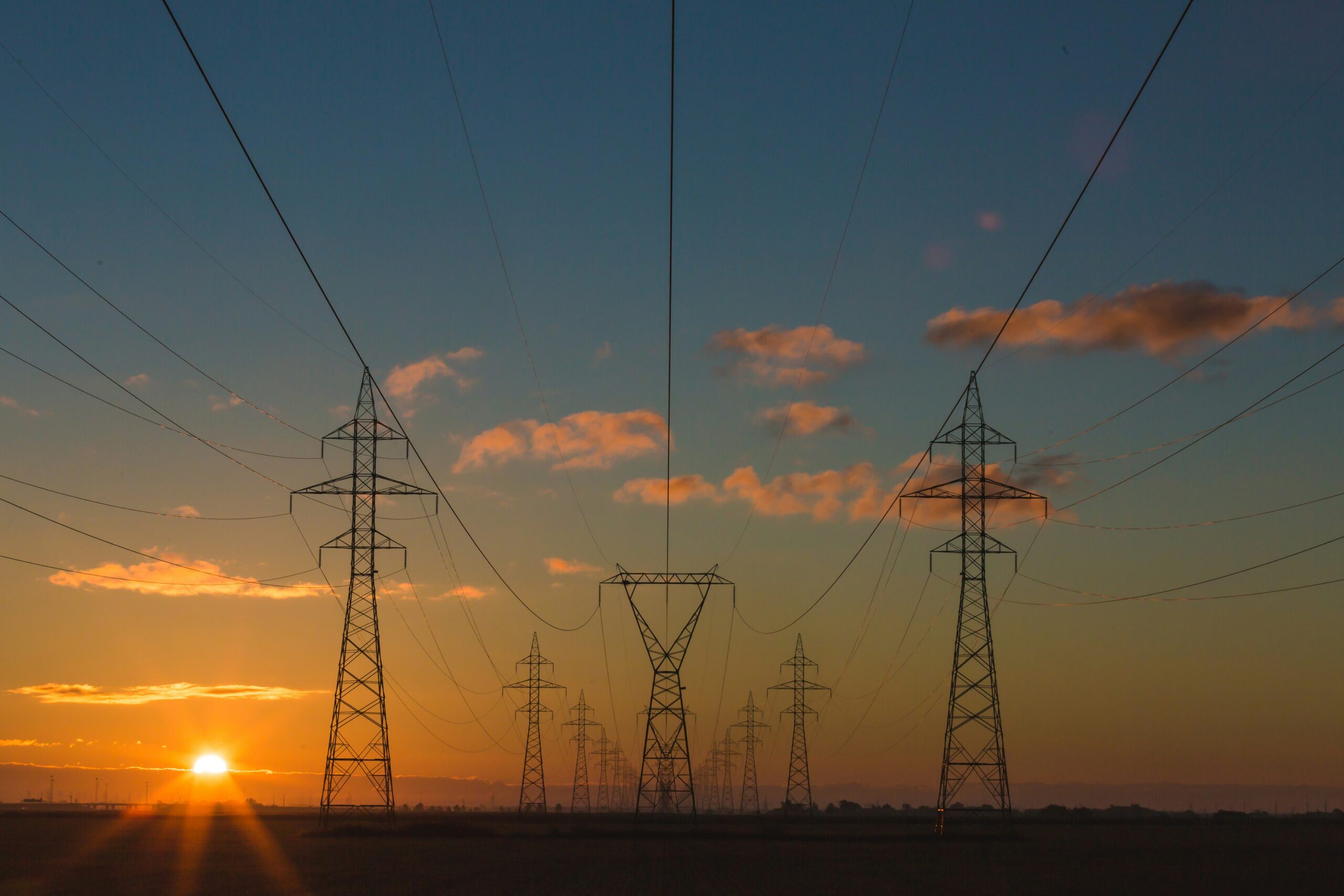
Policy Update
Climate Wins in the Minnesota Omnibus Energy & Environment Bill
May 29, 2024
Overview
After last year’s historic session in the Minnesota legislature, this year the focus was on how the state will meet its new goal to provide 100% carbon-free electricity by 2040. The 2024 Omnibus Energy & Environment bill includes key components to support emerging clean technologies, speed up permitting, and expand transmission capacity.
Transmission
Transmission expansion has become the key topic for legislators this session as they consider how to get budding renewable energy resources from where they are plentiful to the city hubs that need the power. Minnesota’s Omnibus bill addresses transmission in two ways: grid-enhancing technologies (GETs) and co-location.
GETs
Joining Virginia and Maine this session, Minnesota has established new requirements for grid-enhancing technologies (GETs) on existing transmission lines across the state. Specifically, the legislation requires transmission owners to identify:
- areas of congestion over the past three years and the next five years;
- the increased cost to ratepayers as a result of that congestion;
- the technical feasibility and cost of installing GETs to address congestion; and
- an implementation plan to install GETs at such points.
The language also allows the Public Utilities Commission (PUC) to approve cost recovery mechanisms for GET investments so that utilities can recoup some of the investment costs required for installing new technologies.
Co-location
With the successful efforts of the NextGen Highways Minnesota Coalition, the omnibus package also includes language to encourage new transmission planning to primarily utilize existing rights-of-way and assess potential routes that would use or run parallel to existing railroad and highway rights-of-way.
By utilizing already disturbed corridors, particularly along highways, transmission projects can avoid distressing ecosystems further and disputes with private landowners, which saves millions of dollars for the project.
Geothermal
Geothermal is an emerging renewable resource that can be a potential solution to the question: what powers the grid when the sun isn’t shining and the wind isn’t blowing.
Minnesota decided to advance the development of the resource through two techniques: establishing a geothermal planning grant program and a thermal energy network deployment work group.
Planning Grants
The Geothermal Planning Grant Program is established to provide financial assistance to examine the technical and economic feasibility of installing geothermal energy systems.
The grants can go to:
- analysis of the heating and cooling demand of the buildings;
- evaluation of equipment that could be combined with a geothermal energy system to meet the building’s heating and cooling requirements;
- analysis of the geologic conditions of the earth in which a geothermal energy system operates; and
- preparation of a financial analysis of the project.
Work Group
The legislation also requires the Public Utilities Commission to establish a thermal energy network deployment work group to examine the potential regulatory opportunities for regulated natural gas utilities to deploy thermal energy networks and potential barriers to development. The work group must examine the public benefits, costs, and impacts of deployment of thermal energy networks, as well as examine rate design options.
The work group must include representatives from several state agencies, utilities, clean energy advocates, labor unions, low-income communities, and more.
Permitting
Solar APP+
To speed up the permitting process for solar projects, Minnesota decided to incentivize the use of a new technology. Solar APP+ is a standardized plan review software created by the National Renewable Energy Laboratory that can run compliance checks and process building permit approvals for eligible rooftop solar systems.
Minnesota created a grant program to provide technical assistance and financial incentives to local governments that issue permits for residential solar projects and solar plus energy storage system projects in order to incentivize a permitting authority to adopt the SolarAPP+ software to standardize, automate, and streamline the review and permitting process.
Streamlining Processes
Minnesota has joined the recent trend of states looking to reform their holistic permitting structures. Minnesota’s changes come directly from a work group report charged with analyzing needed reforms to the PUC wind, solar, and transmission permitting and environmental review processes. Some aspects of the reform include making it the policy of the state to locate large electric power facilities in an orderly manner that is compatible with environmental preservation and the efficient use of resources.
The legislation also requires the PUC to submit a written report to the MN legislature that:
- provide an update on the progress made to permit, approve, and construct the electric utility infrastructure necessary to meet 100% carbon-free electricity by 2040;
- describe efforts made by the commission to engage stakeholders in environmental justice areas, in permitting, approving, and constructing electric utility infrastructure; and
- provide information regarding any cumulative impact analysis ordered by the commissioner of the Pollution Control Agency pertaining to any electric utility infrastructure permitted, approved, or constructed.
Finally, the PUC must consider the state’s goals to conserve resources; minimize environmental impacts; consider impacts to environmental justice areas including cumulative impacts in environmental justice areas; and ensure the state’s energy security through efficient, cost-effective energy supply and infrastructure.
Next Steps
The bill now goes to Governor Walz’s desk who is expected to sign it into law. Minnesota continues to lead the way for a new climate chapter in the Midwest.
To learn more about how your state can achieve carbon-free electricity efficiently and equitably, visit NCEL’s web pages on Renewable Energy and the Electrical Grid.